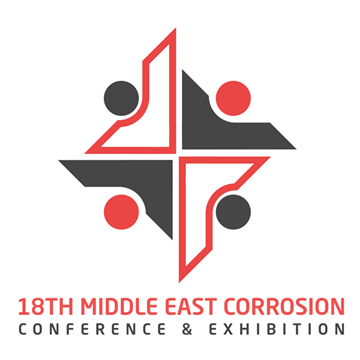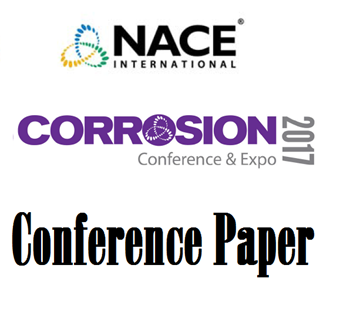Search
Individual Conference Papers
View as
Sort by
Display
per page
Evaluating Hull Coatings for Precise Impact on Vessel Performance
Product Number:
41206-269-SG
Publication Date:
2006
$20.00
Evaluating Irradiation Damage In CANDU Components By Characterizing Surrogate Material Harvested From The Decommissioned NRU Reactor At Chalk River Laboratories- Application To The CANDU Calandria Tubesheet Degradation
Product Number:
ED22-17290-SG
Publication Date:
2022
$20.00
Evaluating The Corrosion Performance Of Materials In Solar Nitrate Salts
Product Number:
51321-16570-SG
Publication Date:
2021
$20.00
Evaluating the Effect of Chloride Content on the Performance of Corrosion Inhibitors during Hydrostatic Testing
Product Number:
51321-16464-SG
Publication Date:
2021
$20.00
Evaluating the Effect of Surface Finishing on Microbial Induced Corrosion of Pipeline Steels
Product Number:
MECC23-20073-SG
Publication Date:
2023
$20.00
Evaluating The Effects of Powder Processing Conditions with Accelerated Corrosion Testing
Product Number:
51323-19190-SG
Publication Date:
2023
$20.00
Evaluating the Flash Rust Protection of Water-Based Cleaners and Their Role in Surface Preparation
Product Number:
51324-20745-SG
Publication Date:
2024
$40.00
Evaluating The Flaw Tolerance And Ductile Tearing Resistance Of Austenitic Stainless-Steel Welds
Product Number:
51321-16811-SG
Publication Date:
2021
$20.00
Evaluating the Use of Phosphate to Mitigate Caustic-PbSCC of Alloy 690TT
Product Number:
ED22-17293-SG
Publication Date:
2022
$20.00
Evaluation and Prediction of Protective Performance for Epoxy Systems and Epoxy/Polyurethane Systems in Wet and Dry Environments
Product Number:
41206-258-SG
Publication Date:
2006
$20.00
Evaluation of 316L and 2205 Steels Under Flow Effects in Caustic Environments
Product Number:
51317--9158-SG
ISBN:
9158 2017 CP
Publication Date:
2017
$20.00
Evaluation of a 60-year old Iron Pipeline in a Corrosive Soil and Flow Test of a 97-year old Cement-mortar Lined Iron Pipeline
Product Number:
51321-16501-SG
Publication Date:
2021
$20.00












